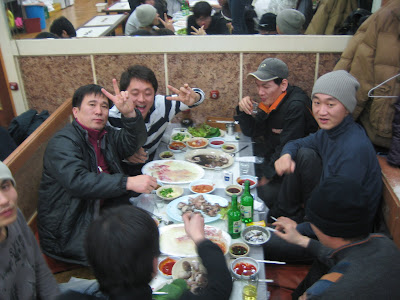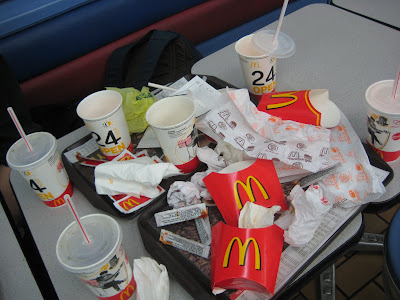 Current TV journalists Euna Lee (L) and Laura Ling were sentenced Monday to 12 years in a North Korean labor camp
Current TV journalists Euna Lee (L) and Laura Ling were sentenced Monday to 12 years in a North Korean labor camp This week I had the opportunity to interview someone who faces the challenges of covering North Korea on a daily basis, KBS domestic television reporter Lee Woong-soo (pictured at left). Mr. Lee's comments were included in Thursday's edition of Seoul Calling. Here's a transcript of the interview:
This week I had the opportunity to interview someone who faces the challenges of covering North Korea on a daily basis, KBS domestic television reporter Lee Woong-soo (pictured at left). Mr. Lee's comments were included in Thursday's edition of Seoul Calling. Here's a transcript of the interview: AR: Do you think coverage of North Korea has changed under the Lee Myung-bak administration?
LWS: Of course it has. Not only between the North and South but also between the North Korea and America so as a whole, the news content has become fairly negative. The maintenance of the Kaesong Industrial Complex, missiles and nuclear tests, to name a few. It seems as if this state will continue for some time now. Regarding the past, diplomatic conversation almost always followed extreme circumstances, so hopefully, this tension will soon ease.
AR: As a reporter, do you find it frustrating to cover stories about a secretive nation?
LWS: As I've mentioned earlier, North Korea is a strictly controlled nation. It not only controls the citizens but also the flow of information, both in and out. No other country can match their system of control. North Korea only reveals information that works in their favour. Besides, The North's and South's relationship has worsened recently so it's even harder to gain access. North Korean related materials are difficult to verify so if anything happens in the North we feel extremely trapped.
AR: What do you think the South Korean people want to know about North Korea?
LWS: South Koreans want to know a lot about North Korea. Almost everything, to be clear. They want to know the North's way of thinking, and living. Because North Korean problems have a great political, economical, and social influence on the South and because of the belief that one day we will unite as one whole nation. The issue of the day might be the North Korean regime, or in other words, the destiny of Kim Jong-il's regime.
AR: Do you think journalists who cover North Korea have a responsibility to avoid dangerous situations that may impact their country’s diplomatic efforts with the North?
LWS: I think so, yes. The media should work towards keeping an eye on National Policy and informing the public, but not towards hurting national interests. Of course national interests should be differed from interests of the regime. Diplomatic issues are often [dealt with] in privacy. Especially the North. So the media should find a means of balance between the public's right to know and protecting national interests. Neither slanting towards the other. It's a very sensitive issue, like walking on a tightrope.
















































